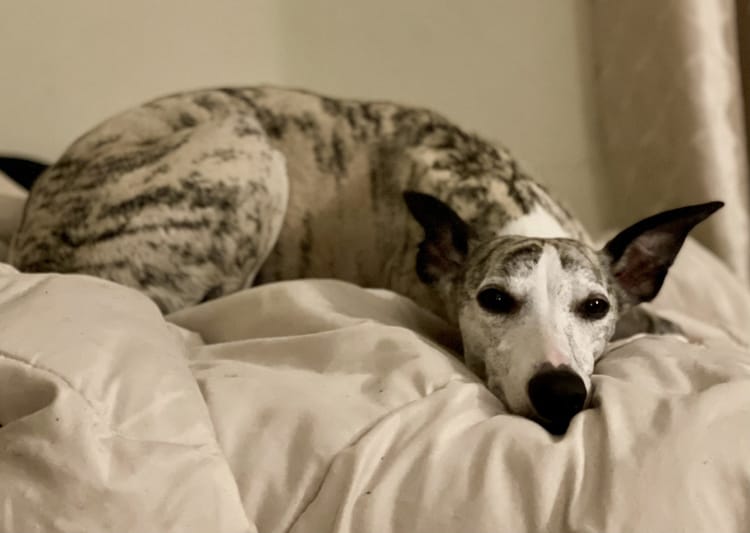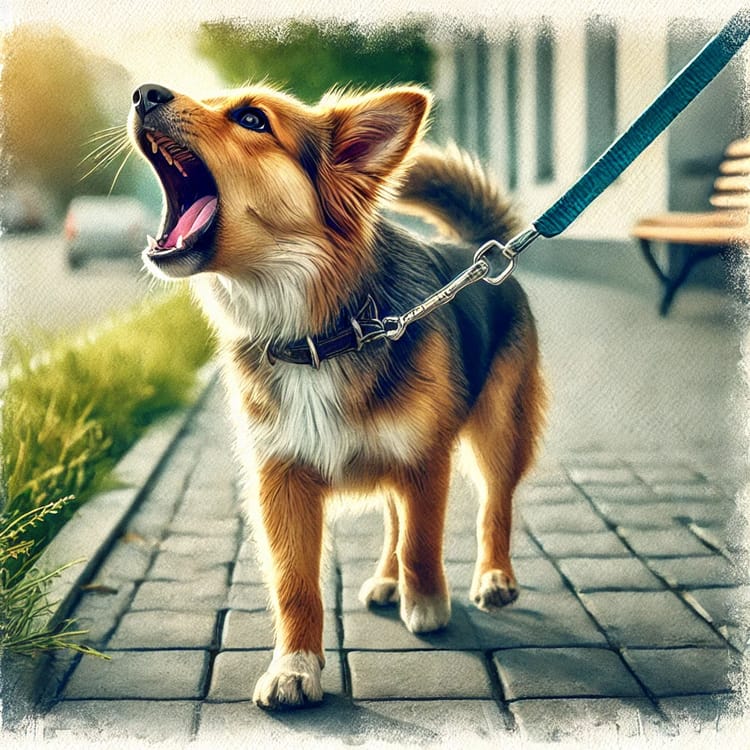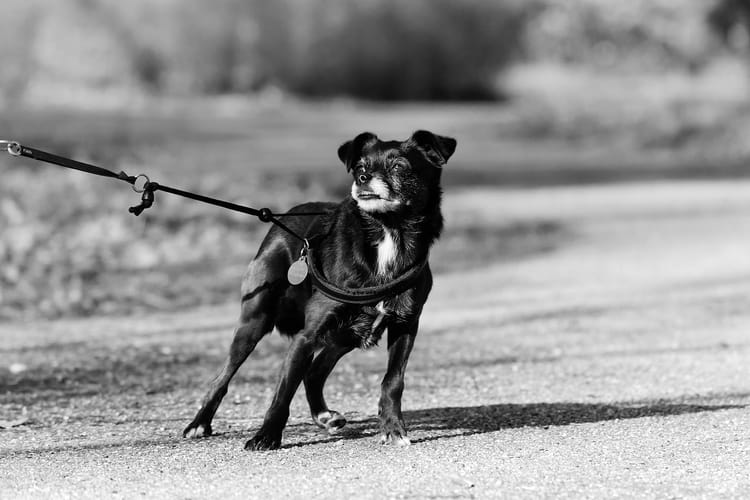Understanding the challenges of reactive dogs: Stress signals and environmental management

Dealing with a reactive dog can feel overwhelming. Reactivity in dogs, often misunderstood, refers to an exaggerated response to certain things—be it other dogs, people, or unfamiliar environments. This behavior can look like barking, lunging, growling, or other behaviors that could lead the dog to bite, or injure another dog or person. The challenge for dog handlers is in two critical areas: seeing the signs of stress in their dogs before the dog reacts, and effectively managing the environment to prevent reactive episodes.
Recognizing the signs of stress in reactive dogs
One of the most significant struggles for owners of reactive dogs is learning to recognize and interpret the subtle signs of stress before they escalate into a full-blown reactive episode. Dogs communicate their discomfort in various ways, often through body language, but these signs can be easily overlooked or misinterpreted by even the most attentive owners.
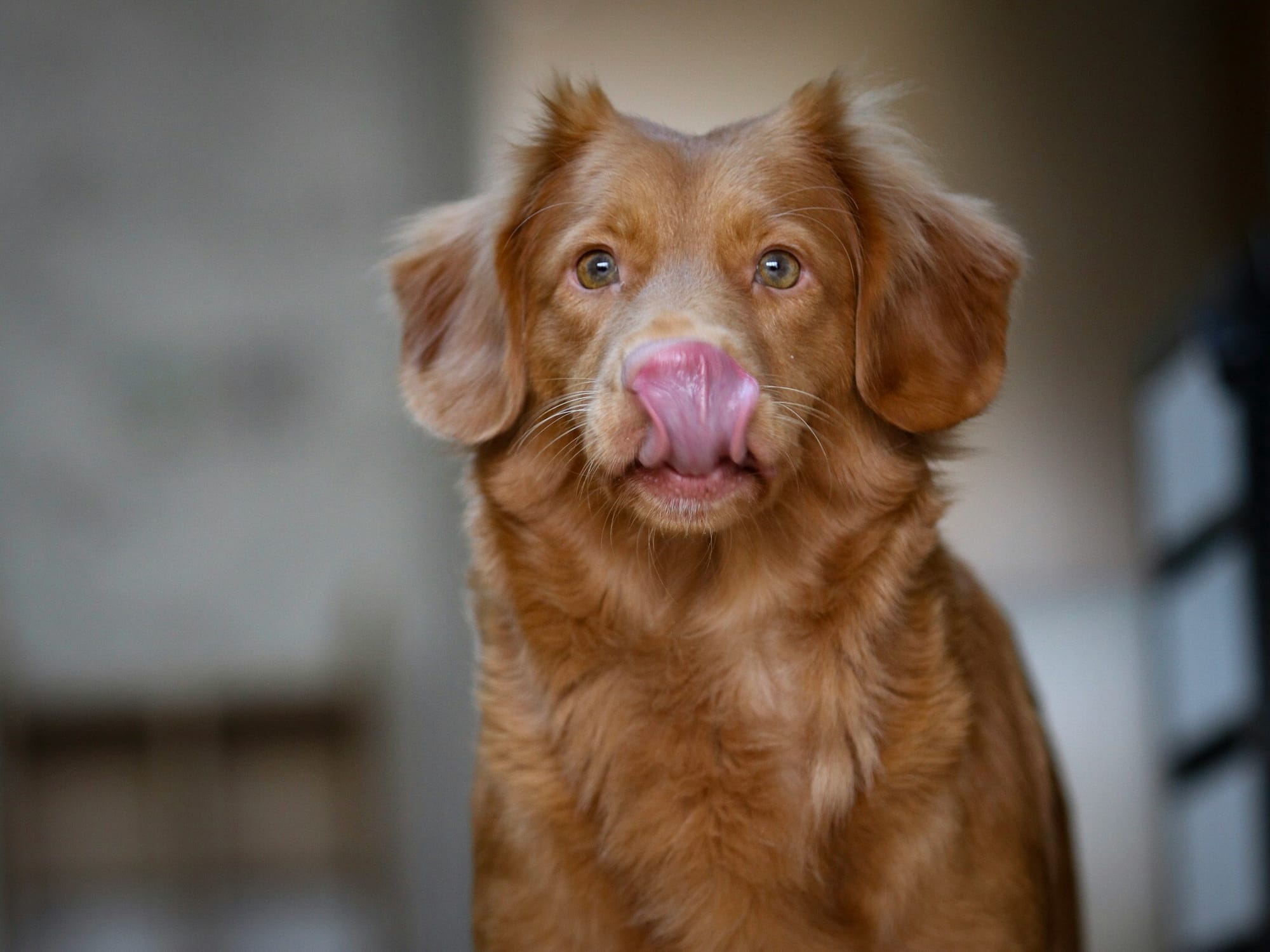
Subtle stress signals of reactive dogs
Before a dog reaches the point of reactivity, they often exhibit a range of subtle stress signals. These can include:
- Yawning: Unlike humans, a dog’s yawn can be a signal of stress rather than tiredness.
- Lip or nose licking: This can be a brief flick of the tongue, often overlooked, but it’s a common sign of discomfort.
- Whale eye: When a dog shows the whites of their eyes, it's a sign they are feeling threatened or uneasy.
- Panting: Excessive panting, especially in the absence of heat or exercise, can indicate stress.
- Freezing: A sudden halt in movement or a stiffening of the body can be a precursor to reactivity.
- Pacing: Repetitive movement, such as pacing back and forth, can be a sign of anxiety.
Recognizing these signs early allows the owner to intervene and remove the dog from the situation before the dog becomes overwhelmed and reacts. However, many people struggle with this because the signs can be so subtle, or they may misinterpret these behaviors as normal dog activity. Learning to watch for these signs and creating distance between the dog and the trigger before the dog reacts is a core component of changing the dog's emotional state.
Escalating signs of dog reactivity
When early signs of stress go unnoticed, a dog’s behavior can escalate into more obvious signs of distress, including:
- Growling: Often seen as aggressive, growling is actually a clear communication of discomfort or fear.
- Barking: Reactive barking is typically sharp, rapid, and directed at a specific trigger.
- Lunging: A more intense reaction where the dog attempts to approach or reach the trigger aggressively.
- Snapping or biting: This is often a last resort for dogs who feel cornered or threatened.
For many dog handlers, the challenge is not just recognizing these behaviors but understanding that they are often a plea for help rather than an act of aggression. A reactive dog is typically a dog in distress, and the behavior is their way of coping with overwhelming stimuli.
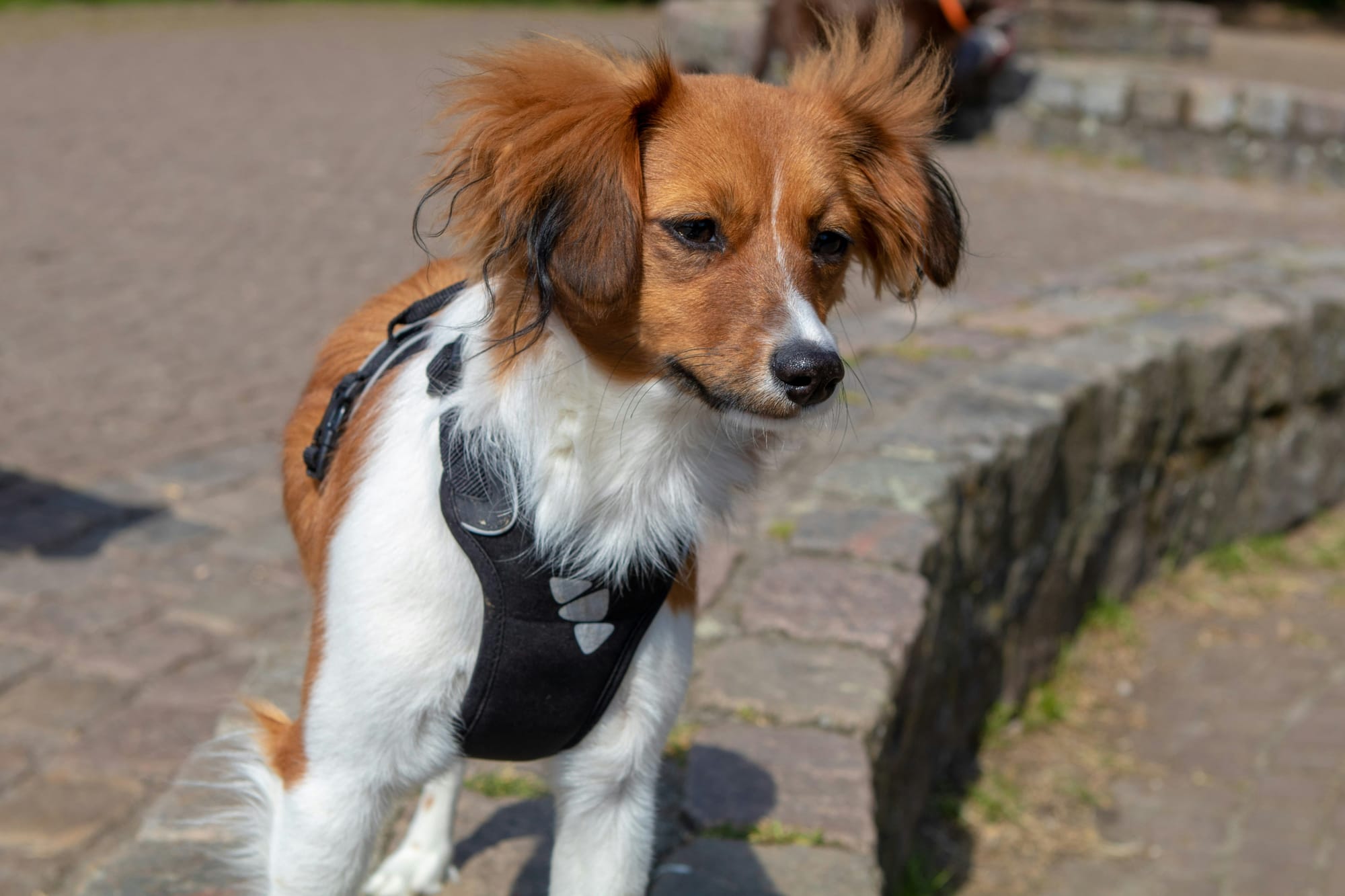
Managing the environment to prevent reactivity
Once handlers begin to understand the signs of stress in their dogs, the next step is managing the environment to prevent these stressors from leading to reactive behavior. This involves both avoiding known triggers and creating a safe space where the dog can feel secure.
Identifying the triggers of a dog's reactivity
A trigger is anything that elicits a reactive response from the dog. These can be specific, such as:
- Other dogs: One of the most common triggers, especially in dogs with poor socialization experiences.
- Strangers: People the dog doesn’t know can be perceived as a threat.
- Loud noises: Thunderstorms, fireworks, or even sudden loud sounds can provoke a reaction.
- New environments: Unfamiliar settings can cause anxiety, leading to reactive behavior.
Identifying these triggers is essential for managing a reactive dog. Owners need to observe their dogs carefully in different situations to pinpoint what causes stress and reactivity. However, this is easier said than done, as triggers can vary greatly and sometimes seem unpredictable.
Helping reactive dogs in their usual environments
Once triggers are identified, people can take proactive steps to manage their dog’s environment and reduce the likelihood of reactive episodes. Some effective strategies include:
- Controlled exposure: Gradually exposing the dog to their triggers in a controlled and positive way can help desensitize them. For example, a dog reactive to other dogs might benefit from carefully structured encounters where they are rewarded for calm behavior.
- Creating safe spaces: At home, it’s important to provide the dog with a designated safe space where they can retreat if they feel overwhelmed. This might be a crate, a specific room, or a quiet corner of the house.
- Using barriers: Physical barriers, such as baby gates or fences, can prevent the dog from reacting to stimuli outside, such as people walking past the house.
- Avoiding high-stress situations: Sometimes, the best strategy is to avoid situations that are too overwhelming for the dog. For example, walking a reactive dog during quieter times of the day can reduce encounters with other dogs or people.
- Positive reinforcement training: Teaching the dog alternative behaviors, such as looking calmly at the other dog instead of reacting, can help redirect their focus. Competent reward-based training is a surefire way to gradually change the dog’s response to triggers.
- Leash management: Using tools like a harness instead of a collar can give owners better control and prevent injury if the dog does lunge. The leash should be kept loose, as tension can increase the dog’s stress.
- Reinforce calm behavior, calmly: Reinforcing the dog for calm behavior using soothing or calming reinforcement approaches when exposed to mild triggers can reinforce that staying relaxed leads to positive outcomes.
The role of professional help for reactive dogs
For many people with dogs, managing a reactive dog’s environment is a complex and ongoing process that can sometimes feel overwhelming. In such cases, seeking the help of a professional dog trainer or behavior consultant who specializes in reactivity can be invaluable. These professionals can offer tailored advice, demonstrate techniques, and provide support as the owner works to improve their dog’s behavior.
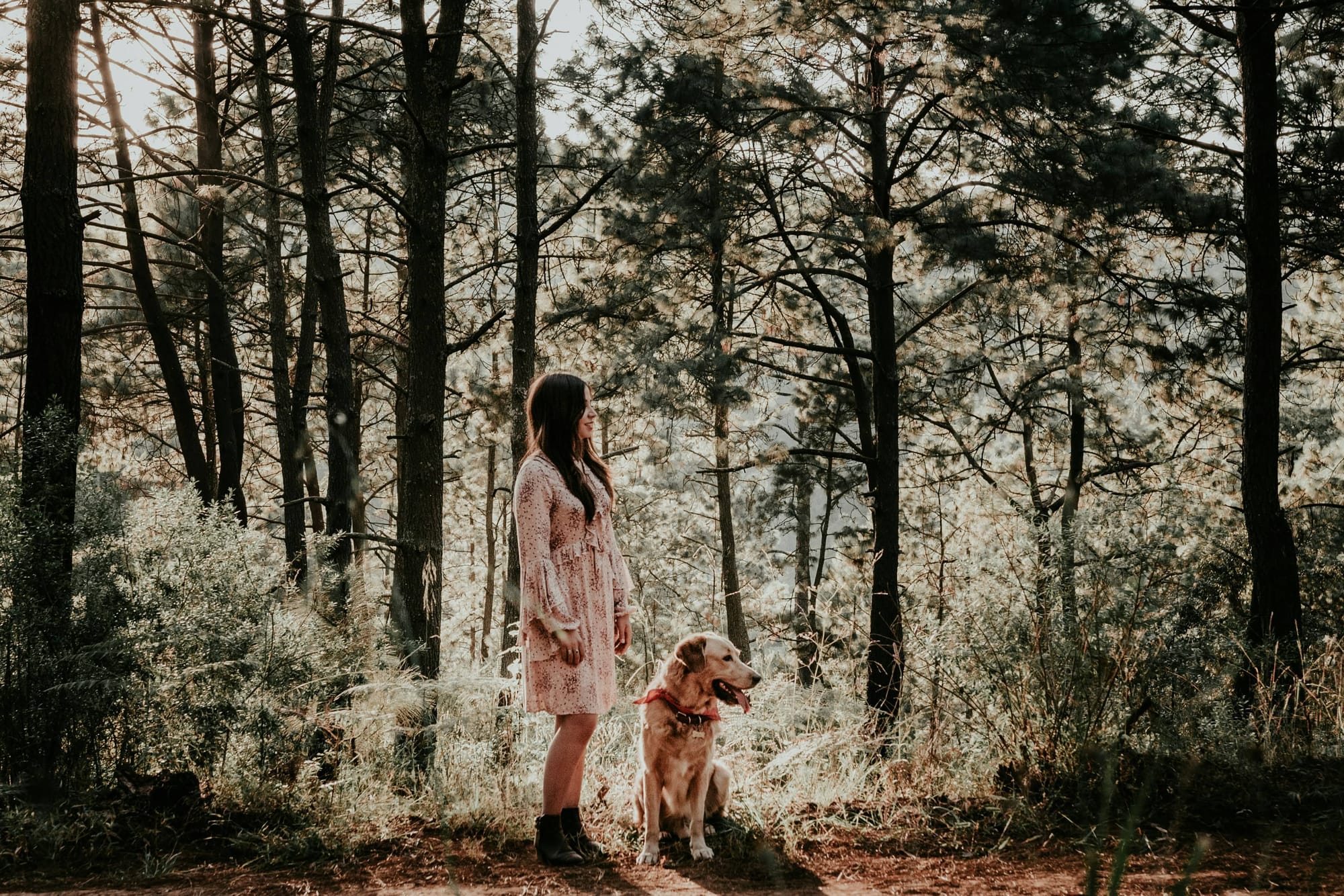
The emotional toll of living with a reactive dog
Dealing with a reactive dog can be emotionally exhausting for the people living with the dog. The constant vigilance required to manage the dog’s environment, the anxiety over potential reactions, and the even occasional feeling of social stigma for having a reactive dog can all contribute to high levels of stress. Many handlers feel isolated, especially if they are unable to participate in typical dog-related activities like trips to the park or group walks.
Support networks, whether in-person or online (Facebook or Reddit have many reactive dog support groups to choose from), can be an immense help. Sharing experiences with others who understand the challenges of living with a reactive dog can provide comfort, practical advice, and a sense of community. It's also important for the person who lives with a reactive dog to train the dog to be comfortable alone at times in a safe space, so they can take much-needed breaks and spend some leisure time without the dog.
Building a calm future for reactive dogs
Living with a reactive dog is a journey that requires patience, understanding, and dedication. The key challenges—recognizing the subtle signs of stress and effectively managing the environment—are critical to preventing reactive episodes and improving the dog’s quality of life. By becoming adept at observing their dog’s body language and taking proactive steps to reduce exposure to triggers, owners can help their dogs feel safer and more secure. While the road may be challenging, the rewards of seeing a reactive dog become more confident and relaxed are immeasurable.
For those struggling with a reactive dog, remember that progress is often slow and incremental. Each small victory—whether it's a calm walk around the block or a peaceful encounter with another dog—is a step forward.
